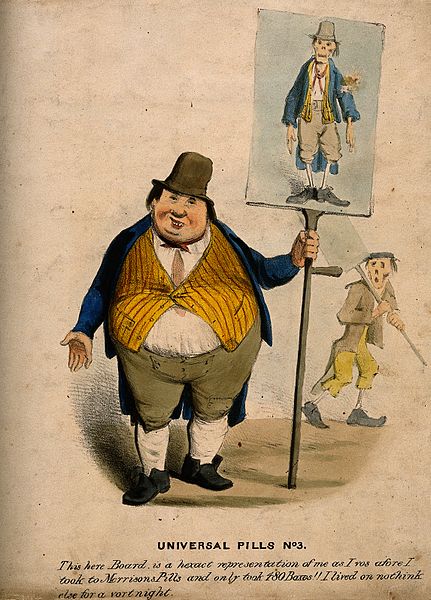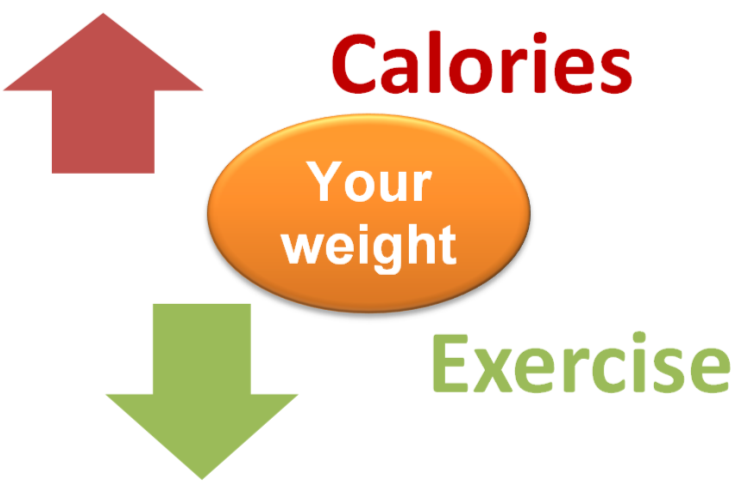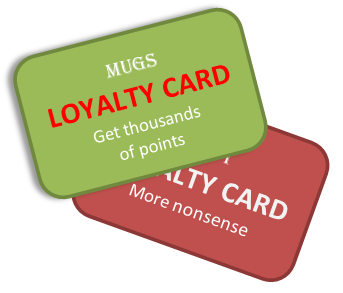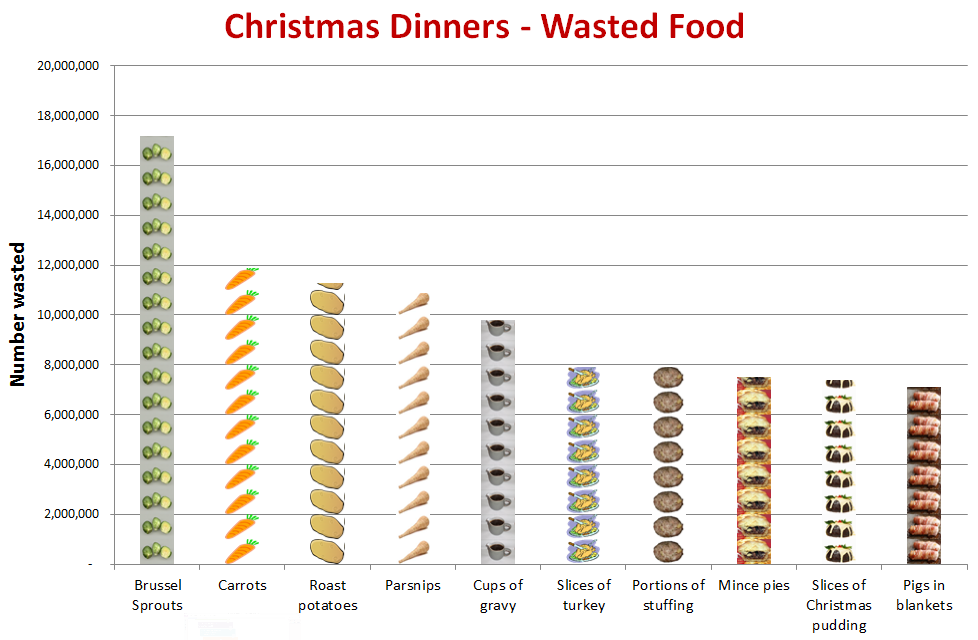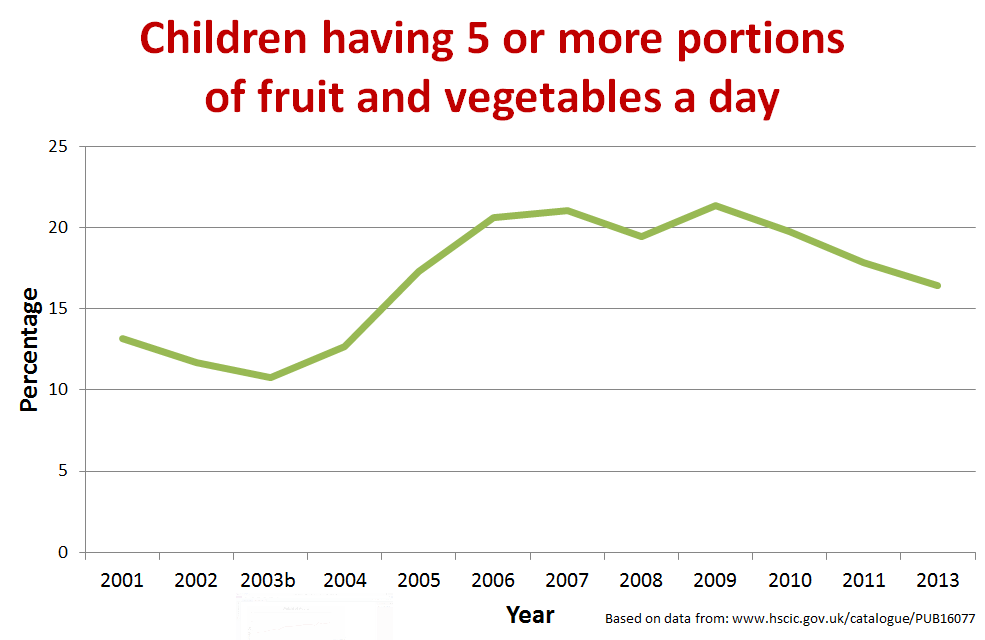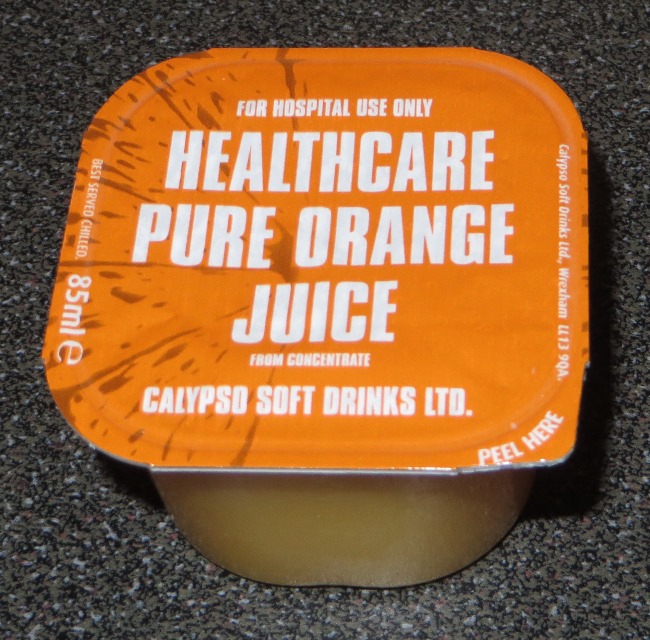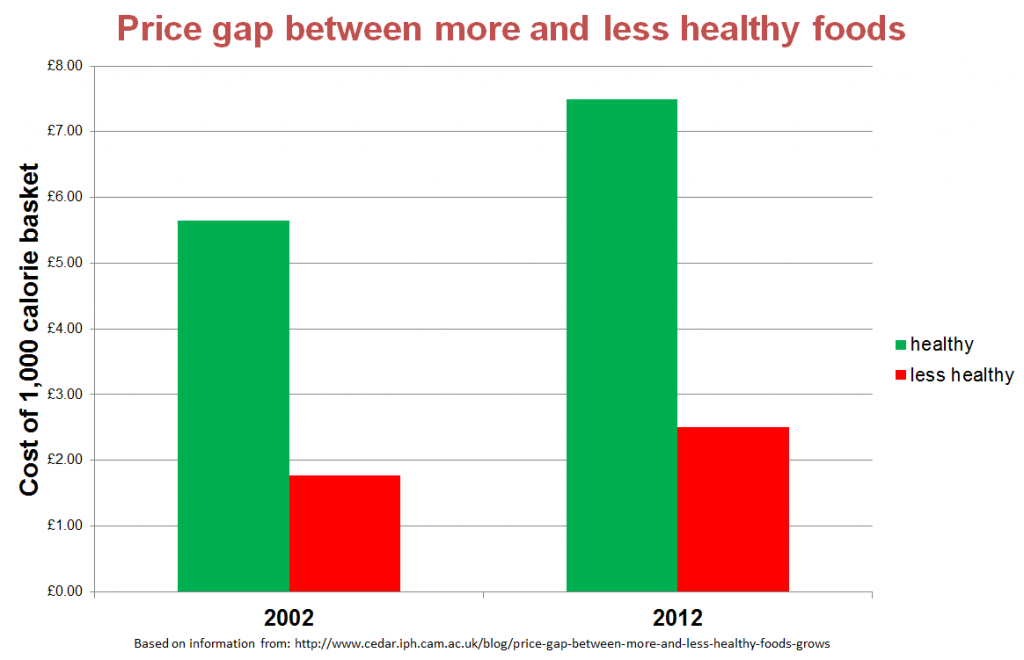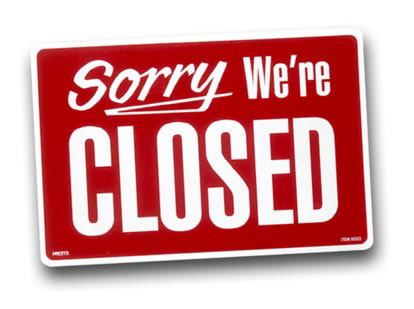 A report today, by the Local Data Company, tells us that one in five shops in the North are now empty.
A report today, by the Local Data Company, tells us that one in five shops in the North are now empty.
I’m not surprised – 3 of the 10 towns with the highest vacancy rates:
- Burslem 29.4%
- Hanley 27.7%
- Hartlepool 27.3%
- West Bromwich 27.1%
- Droylsden 26.8%
- Morecambe 26.8%
- Stoke 26.6%
- Bootle 26.4%
- Walsall 26.2%
- Stockport 25.9%
are part of Stoke-on-Trent. This city has a wonderful heritage, but the traditional employers (coal mining, pottery, steel and making tyres) have more or less diasapeared. As a result the city is the 16th most deprived local authority area in England, with 29.9% of Stoke-on-Trent’s children classified as living in poverty.
Looking through the worst ten towns list, most are in the north. The survey shows one in five shops in the North are now empty, compared with one in 10 in the South, and social deprivation is part of the problem.
What’s the answer?
With more consumers shopping on-line and the growth of supermarkets some of this is inevitable. However there are things that can be done. The village of Saltaire in Yorkshire had a large mill that closed down. But now Salts Mill is a thriving tourist attraction with a gallery of David Hockney’s pictures. Saltaire village is a World Heritage Site, and as a result Saltaire has lots of thriving local independent shops (see here).
Burslem (which is top of the closed shop list with almost one in three shops closed) needs a bit of love and promotion. It’s got a wonderful Victorian park, fine statues of Sir Henry Doulton and Josiah Wedgwood, the wonderful Wedgwood Institute and how many other towns can boast three town halls? Fans of Arnold Bennett will love the Bursley Trail.
A big problem is poorer education in poorer areas. People in poor areas tend to eat less well and shop in supermarkets rather than local independents because they are perceived as more expensive. Do our children know their vegetables – and how to cook them to make cheap nutritious meals? No wonder greengrocers are disappearing and we’re all geting fatter!
I hope that those who are in a position to influence things will take note, and not adopt a “Let them eat cake” attitude – we all know what happened to the rich in the French revolution!
Farmers’ markets, and artisan markets, can help draw people to an area. The town I live in (Nantwich) has regular street entertainment and festivals etc and the town appears to be flourishing. Thankfully people’s shopping habits are changing, and many are abandoning the big shop at out of town supermarkets – which sucks money out of the area.
Lastly the onus is on you to help support local shops. Sometimes the supermarkets may be a few pence cheaper (but they’re good at conning you) and do you want your high street to look like this (taken in Anfield):



